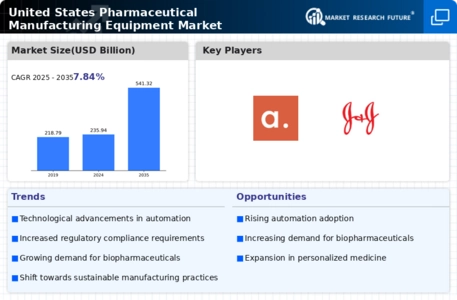Growing demand for lyophilizers is driving the market growth
Perishable materials are preserved and dried in laboratory and pharmaceutical settings using lyophilizers, sometimes called freeze dryers. To get the frozen water in the substance to sublime, avoid the liquid phase, and transition straight from a solid to a gas, the process of lyophilization entails freezing the material and then placing it under an intense vacuum. This preserves the material and allows it to be kept dry and preserved for an extended time without becoming bad.
The United States market growth is anticipated to expand throughout the projected period due to factors including rising investment in the pharmaceutical industry and initiatives by major market players.
In addition, PCI Pharma Services committed USD 100 million in May 2022 to expand the capabilities and capacity of its production plant in Bedford for sterile lyophilization and aseptic liquid fill-finish technology. In May 2022, OPTIMA invested in a cutting-edge facility to expedite and safely integrate pharmaceutical lines into production. Optima Pharma is extending the efficacious CSPE procedure for the swift and secure initiation of production start-up of integrated filling lines with isolators and freeze dryers.
Throughout the projection period, there is likely a rise in investment in the United States for lyophilizers for the drug manufacturing process due to the growing acceptance of biopharmaceutical production equipment over time.
Furthermore, advanced robotics and automation technologies simplify manufacturing procedures, increasing production and efficiency. The total manufacturing time can be decreased by using these technologies to complete repetitive operations quickly and precisely. In the United States pharmaceutical production industry, automation and robotics lessen the need for manual labor for repetitive activities. This lowers labor costs and reduces the possibility of mistakes, guaranteeing consistent product quality. Modern automation systems are designed to be flexible and easily scalable. This allows pharmaceutical manufacturers to adapt to changing production demands, handle different formulations, and efficiently adjust production volumes as needed.
Thus, driving the United States Pharmaceutical Manufacturing Equipment market revenue.













Leave a Comment